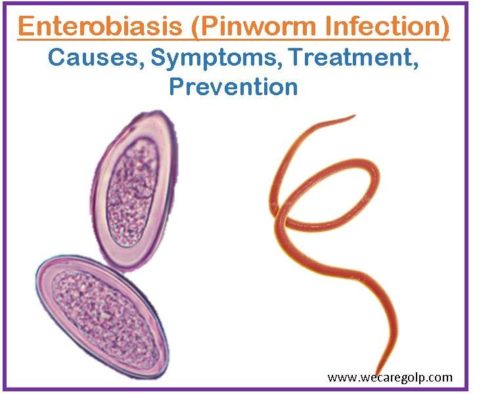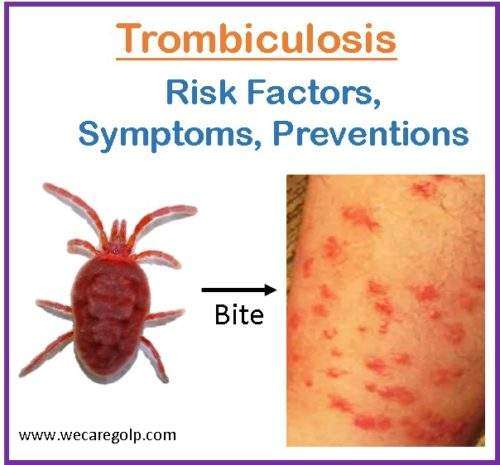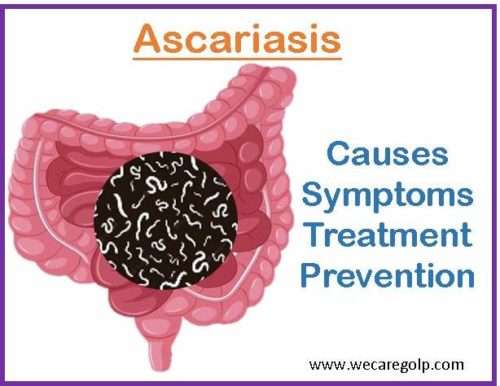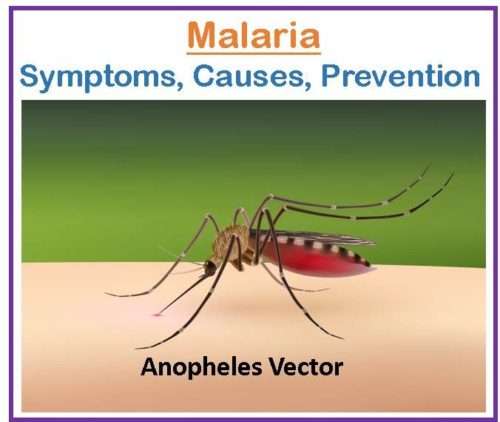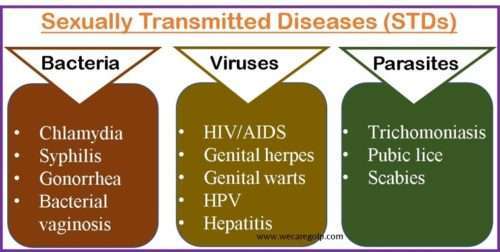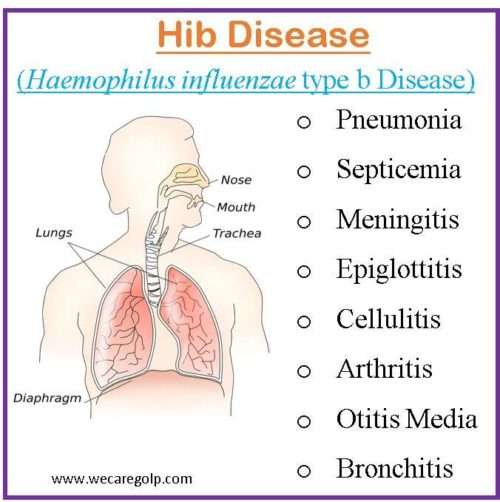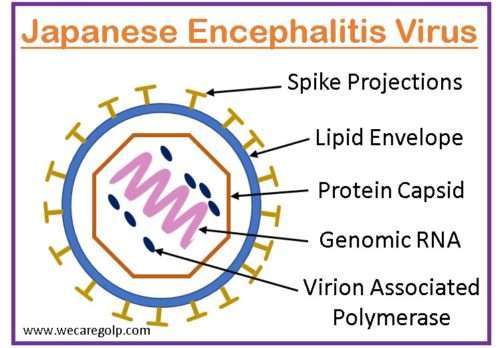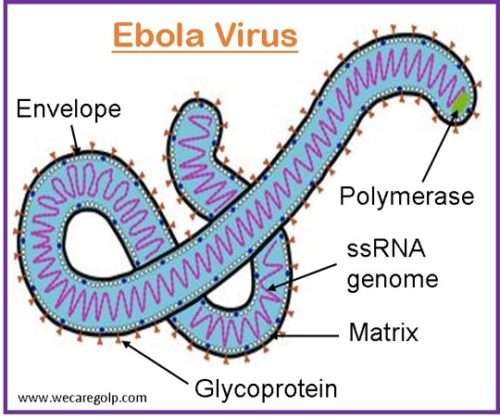Enterobiasis (Pinworm Infection)
Introduction Enterobiasis, a parasitic condition often known as pinworm or threadworm infection, is caused by a microscopic, white, thread-like worm known as Enterobius vermicularis. It is widespread and mostly affects youngsters. It is very contagious and transfers from one person to another very easily. The illness is particularly common in crowded settings, including schools, daycare … Read more

